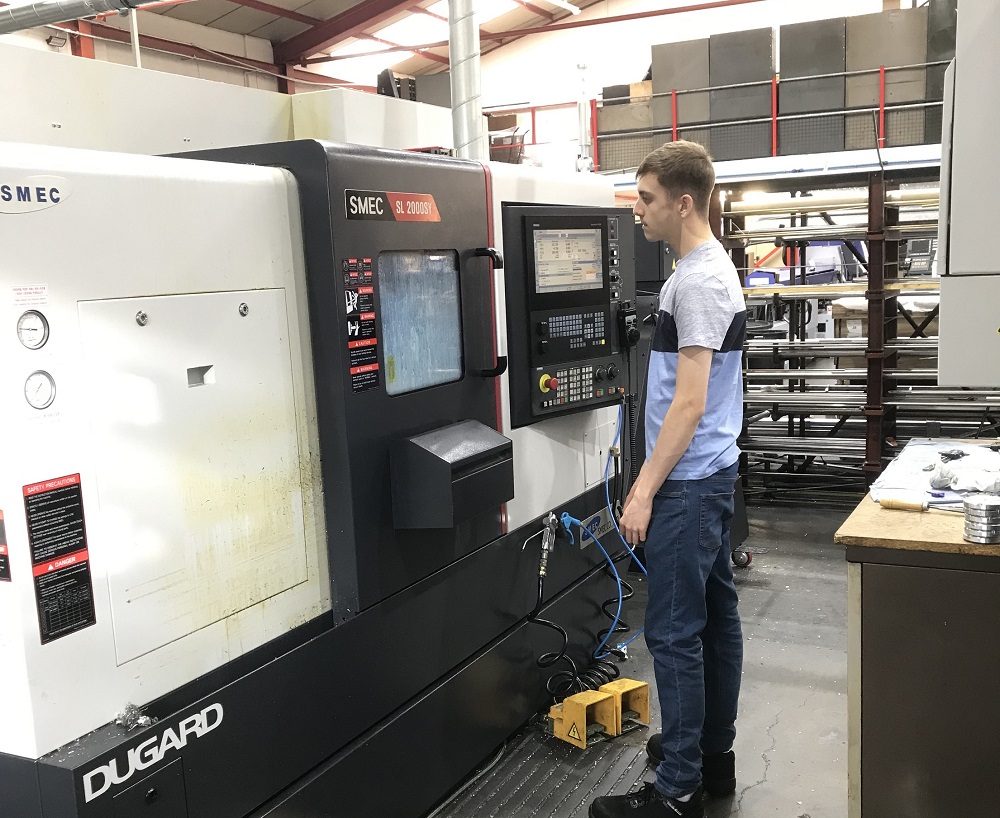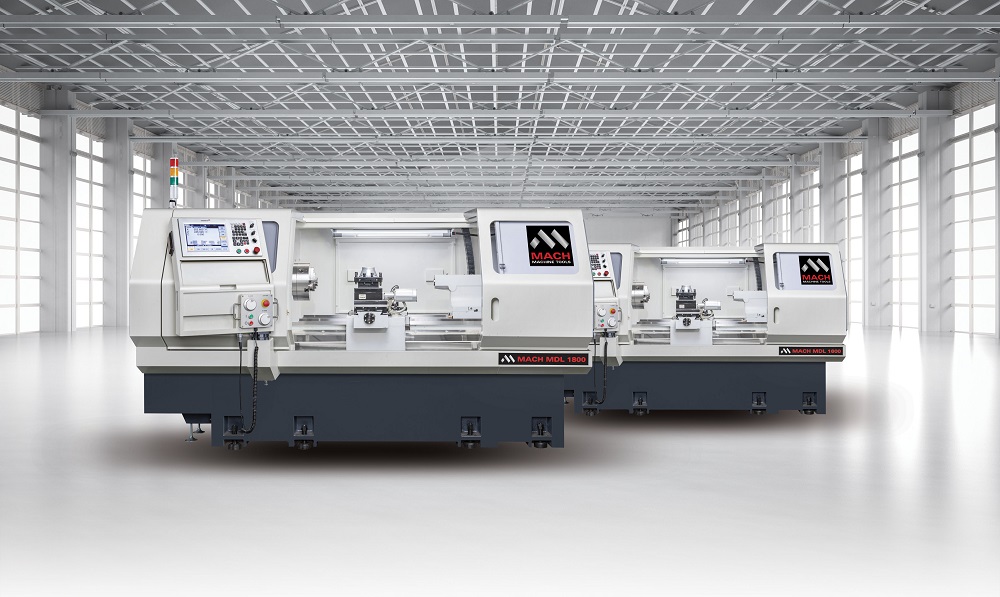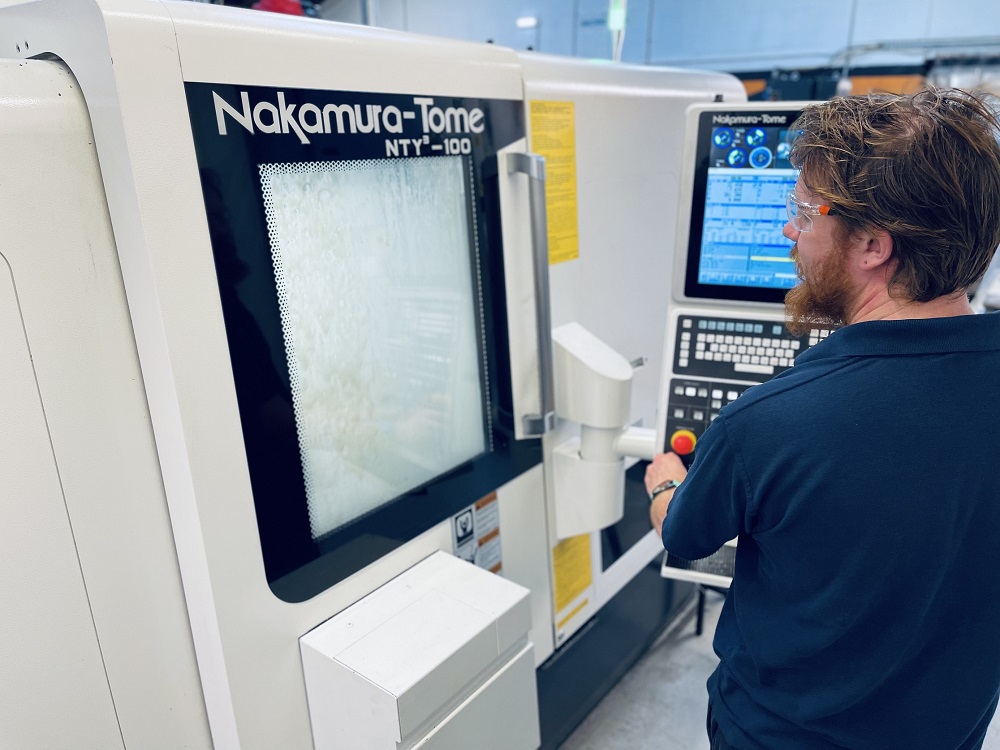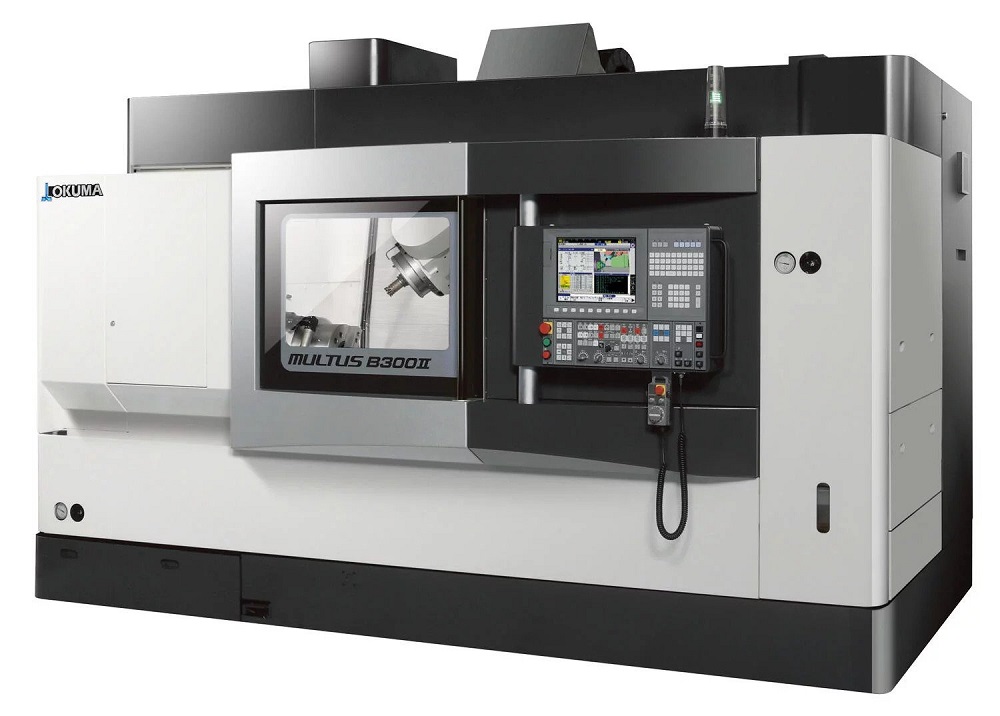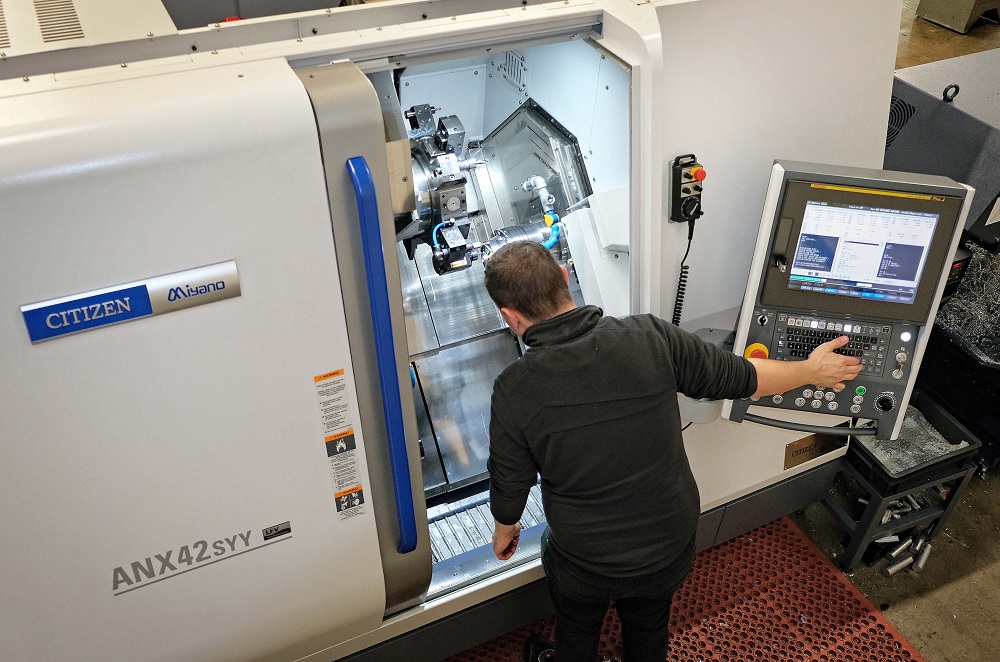Companies with the heritage of AW Engineering are very rare. Founded in 1908 by Alfred Wood, the subcontractor switched its workload to munitions and aircraft parts during World War II and, ever since, the company has remained under the stewardship of the same family.
In 2020, AW Engineering moved to a new 15,000sqft factory in West Molesey, since when the companyhas doubled its turnover under the leadership of Mark Felstead, the great, great grandson of company founder Alfred. Contributing to this growth is the investment in three machine tools and a robot from Dugard: two SMEC SL2000BSY twin-spindle, single-turret turning centres; a Hanwha HCR5 collaborative robot (cobot); and a Hanwha XD38 IIRNHY sliding-head turning centre.
“During the pandemic, suitable machine tool supply was sparse,” says Felstead.“We spoke with Dugard and, within two weeks of placing an order for a SMEC SL2000BSY, the machine was on our shop floor and running. With furlough and other restrictions during the pandemic, Dugard was the only company that could serve our needs. Set-ups and programming are at least 20% faster with the Siemens control and we can prepare jobs and programs with confidence using the conversational programming and simulation within the system.”
Less than six months after the installation of the first machine, AW Engineering placed an order for a second SMEC SL2000BSY. A single operator mans the two SMEC machines. However, some components in the family of parts are above the 65mm diameter bar feed threshold and require manual loading. Here, AW Engineering has purchased a Hanwha HCR5 cobot from Dugard.
“Our cobot cell is now up and running, which means that both SMEC machines can run unmanned 24/7,” concludes Felstead.
For further information www.dugard.com






